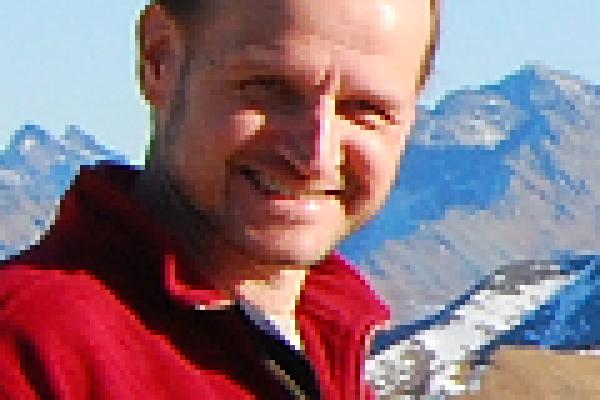
The boson-fermion (BF) model, proposed in the 1950s in the context of supercon-ductivity, describes itinerant fermions hybridizing with localized bosons composed of pairs of tightly bound opposite–spin fermions. The idea reoccurred in 1980s in application to electrons interacting with local lattice deformations and high temperature superconductivity. Recently, the BF model has been adopted to describe resonance superfluids in the BCS–BEC crossover regime.
In this talk I will present results for a simplified version of the BF model. Within the framework of the proposed approach the boson operators are approximated by c–numbers. We assume that the spatial distribution of the amplitudes is uniform and only the phases vary throughout the system. Then, the effective model describes spin-up and spin-down fermions interacting on–site with classical phases (the "fermion-phase" model). In our numerical approach we trace out the fermionic degrees of freedom and run the Monte Carlo simulation for the effective classical Hamiltonian. The calculations show that the fermion-boson interaction leads to an effective long-range temperature-dependent interaction between the boson phases, which coherently order at low temperature and form vortex-antivortex pairs at higher temperature. This way an exotic phase-coherent molecular Mott insulator can be formed. We propose a cold atom system where the experimental realisation of such a phase would be possible.
